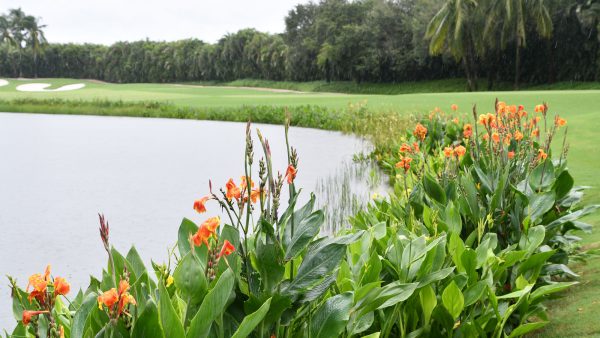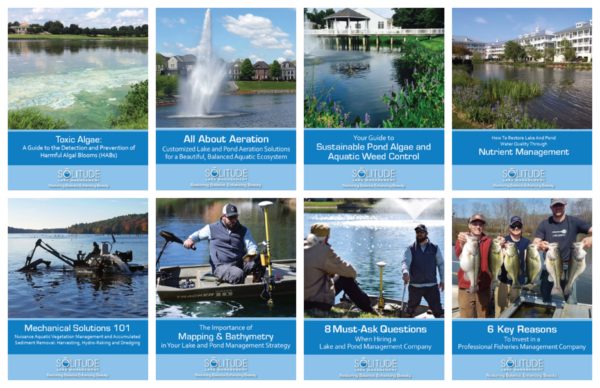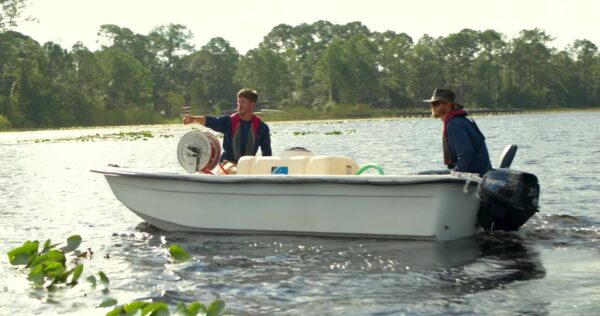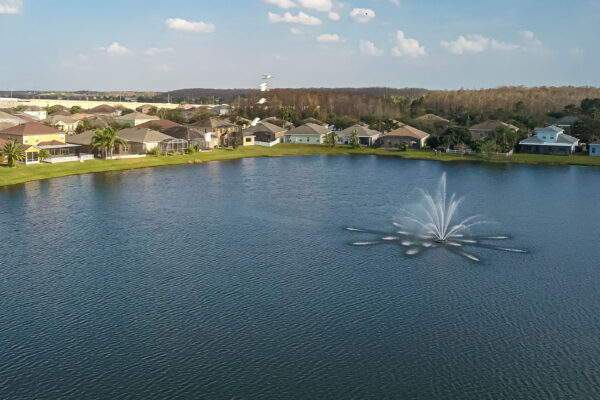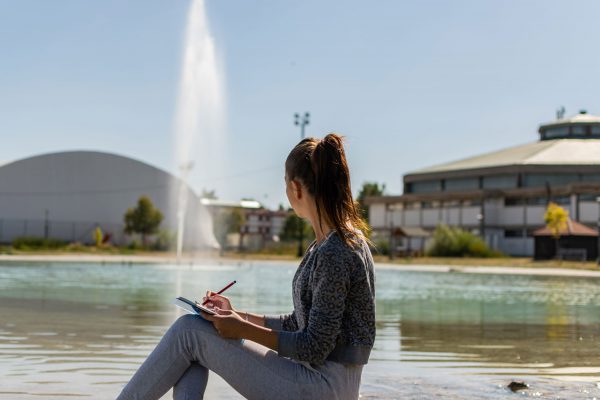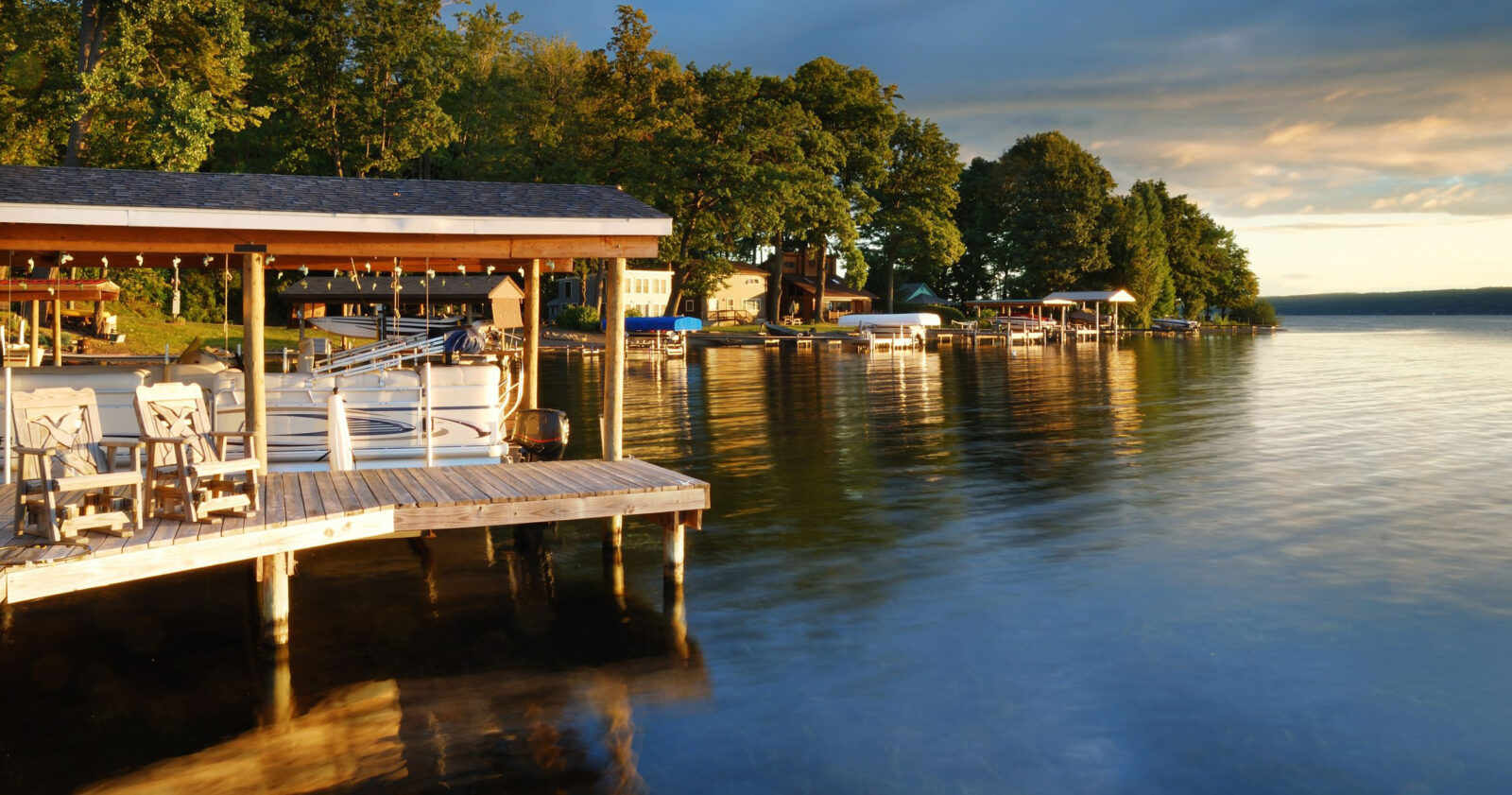
Lakes and ponds often face significant challenges due to nutrient overload and muck accumulation. Eutrophication is an accelerated aging process of a lake or pond. This occurs when a waterbody becomes inundated with excessive nutrients, particularly nitrogen and phosphorus, leading to water quality degradation. This nutrient surplus usually stems from agricultural and urban stormwater runoff. The resulting muck—composed of decaying organic matter and sediment—settles at the bottom of the lake, stealing oxygen from the water and creating anoxic bands detrimental to aquatic life. Over time, these issues can severely degrade the ecosystem, reducing biodiversity and making the waterbody unpleasant for recreational use.
TryMarine, a game-changing innovation, targets decaying organic material or “muck” trapped at the bottom to help restore water quality, improve sediment composition, enhance biodiversity, and turn back the clock – rejuvenating your lake.
Want to learn more about TryMarine? Check out the FAQs below:

TryMarine Restore: Answering Common Questions
Question: What is the cost of TryMarine treatment?
Answer: The cost of TryMarine treatment is variable, contingent upon factors such as pond dimensions, average depth, and sediment volume. Treatment objectives, including aggressive restoration versus water quality maintenance, also influence pricing. Compared to dredging, TryMarine treatment is typically a fraction of the cost for aggressive restoration programs and for water quality dosages, it is comparable to typical maintenance costs. The cost is determined by waterbody volume, sediment load, and other pertinent variables.
Question: What are the permitting requirements for TryMarine usage?
Answer: TryMarine is classified as a non-pesticidal product, exempting it from standard pesticide permitting. Permitting requirements are state-dependent. Northern states may necessitate permits based on regulations for non-pesticidal nutrient management products. Southern states generally have fewer permitting requirements. TryMarine is NSF-60 certified for use in drinking water – NSF determined that it can be used at 522x the typical dosage and still comply with EPA requirements. Specific state and local regulations should be consulted for accurate permitting information.
Question: What are the ecological safety considerations for TryMarine?
Answer: TryMarine has undergone extensive toxicological testing to ensure ecological safety. The product is NSF 60 certified, demonstrating its robust safety profile.TryMarine promotes a stable pH and is engineered to not interfere with the diverse populations of native aquatic organisms. The typical post-treatment abundance of native organisms supports our compelling third-party standard lab testing on fish, juvenile mussels, minnows and daphnia indicating no impact at dosages at many multiples of our proposed regimens. TryMarine facilitates ecosystem recovery, often reducing or negating the need for supplemental chemical treatments aiming to control aquatic nuisances.
Question: How does TryMarine affect dissolved oxygen levels?
Answer: TryMarine enhances oxygen availability by accelerating the processing of muck and thereby reducing chemical oxygen demand (COD). Initial increases in oxygen availability may be masked by expanded temporary native organic consumption until eventually, a new more healthy equilibrium is established. Many case studies have shown that after treatment, the availability of oxygen is enhanced and more uniform throughout all waterbody depths. TryMarine does not directly release oxygen like a peroxide; it facilitates natural oxygen availability through COD reduction.
Question: What is the largest waterbody treated with TryMarine to date?
Answer: The largest lake treated with TryMarine in the US is a 900-acre section of a larger lake. Plans are underway to expand applications to larger waterbodies. TryMarine is scalable and suitable for large-scale applications. In the past, TryMarine has been successfully applied in larger marshland applications.

Question: Is TryMarine a liquid or a granular, and what’s it made of?
Answer: TryMarine is a proprietary colloid liquid formulation. It is designed to accelerate the decomposition of muck, reducing chemical oxygen demand (COD).
Question: Have there been any studies or third-party validation of TryMarine yet?
Answer: All data presented in the webinar regarding TryMarine’s performance has been obtained through third-party validation. The product is applied through SOLitude Lake Management, and tests are conducted by SOLitude personnel. Samples are then sent to independent laboratories, such as Waters Laboratory and Stony Brook University, for analysis. This ensures that all data is externally verified and results are not generated in-house.
Question: How many applications of TryMarine are needed to see results?
Answer: The frequency and dosage of TryMarine applications are dependent on the specific waterbody and its geographical location. On average, applications occur every other week, with a dosage range of 0.5 parts per million (ppm) to 2 ppm per application. Factors such as the length of the local planting and cultivation season and the extent of eutrophication influence the total number of applications required. For example, lakes in Florida may require more treatments, versus lakes in New England.
Question: How does TryMarine impact the TN:TP ratio?
Answer: TryMarine influences the total nitrogen to total phosphorus (TN:TP) ratio by reducing the amount of muck within the ecosystem. In ecosystems with an excess of phosphorus, the TN:TP ratio is typically low, leading to less favorable conditions. As TryMarine remediates the muck, the stored phosphorus that would otherwise be slowly and constantly released into the water column is processed more quickly by the native fauna. This results in a reduction of phosphorus over time, improving the TN:TP ratio and fostering a more balanced ecosystem.
Question: Can we go slower over time to fit an annual budget and still receive the same results eventually?
Answer: TryMarine can be applied at a lower “water quality dose” over an extended period to accommodate budget constraints. This approach may take 5-6 years to achieve similar results as a standard 3-year restoration program. Lower doses can also be used for maintenance following a full restoration. The specific dosage and timeline can be tailored to meet the individual needs and budget of each lake owner.
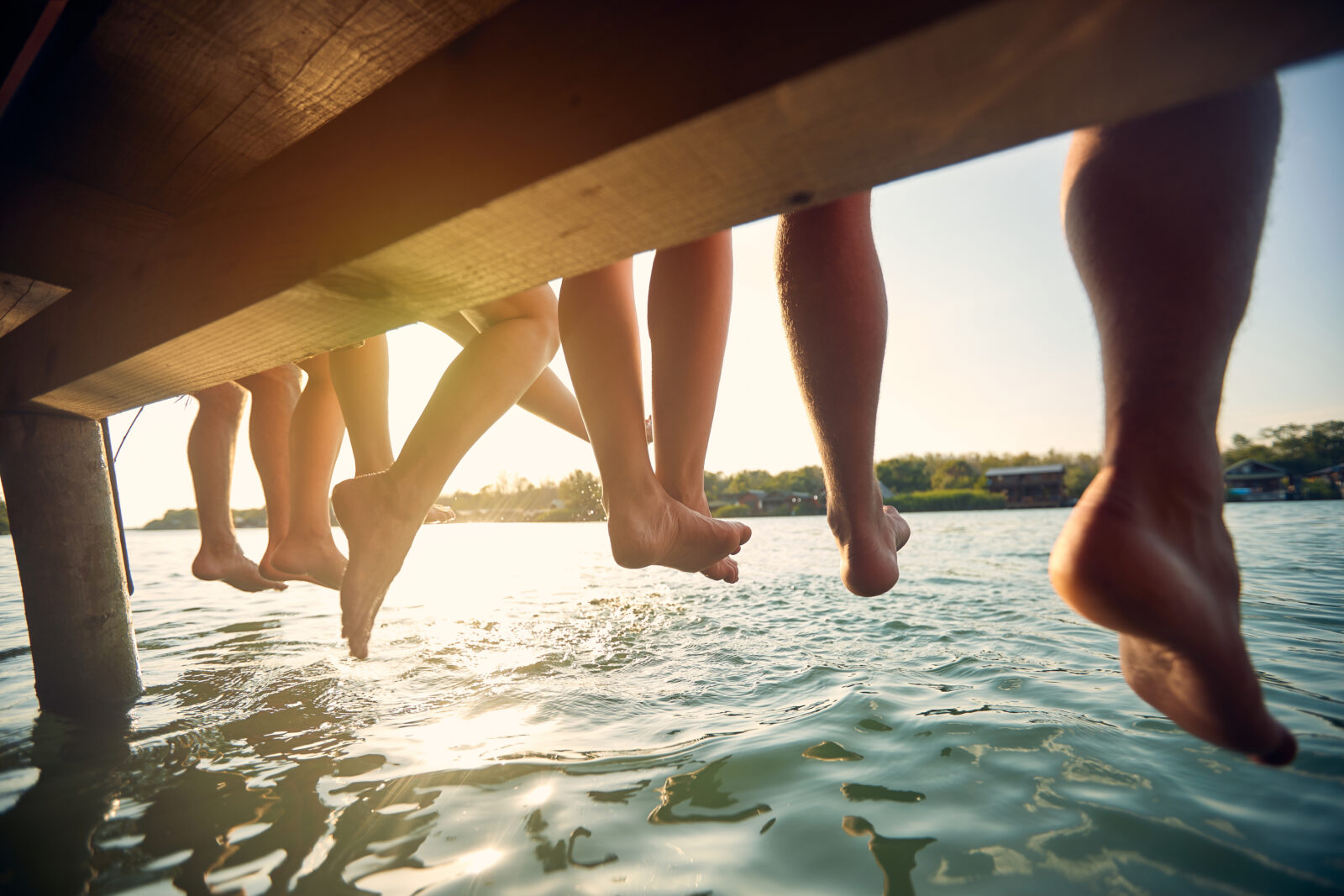
Question: Does water temperature affect the treatment with TryMarine?
Answer: Water temperature influences the effectiveness of TryMarine treatment. While applications can technically be performed at any temperature, optimal results are observed during warmer growing seasons, typically when water temperatures are 55°F or higher. This is because chemical oxygen demand (COD) reduction is greatest during periods when the ecosystem is more actively processing nutrients. In temperate regions, treatment should ideally commence in the spring and continue through the fall. In year-round warm climates, applications can occur throughout the year.
Question: How old are the lakes that you’ve applied TryMarine to?
Answer: The lakes featured in the case studies presented were decades old, with some being oxbow lakes along the Mississippi River, which are potentially hundreds or thousands of years old. However, the age of the lake is less critical than its overall health and the condition of the organic matter trapped at the bottom. Water depth, water quality, and the organic load are more significant factors in determining treatment effectiveness.
Question: Would TryMarine work on a lake that is 45% muck?
Answer: TryMarine is effective in treating lakes with varying muck percentages, ranging up to 95%. A sediment test can be conducted to determine the specific muck conditions, which can then be used to tailor the dosage and timeline for restoration. The percentage of organic material present in the muck primarily determines the duration of the restoration process.
Question: What’s recommended for TryMarine application after a three-year restoration?
Answer: Post-restoration management depends on the specific characteristics of the lake, including its inlets, shape, depth and nutrient loading. Options include: continuing a low-dose TryMarine maintenance program to protect the investment made during restoration, returning to previous maintenance practices if they are sufficient, or discontinuing treatments if nutrient inflows subside. The goal is to maintain the improved lake conditions and prevent future degradation. TryMarine is used to jump-start and enhance natural mediation cycles in healthier lakes. The process can often be sustained with very minimal dosages.
Question: Will the presence of quagga or golden mussels affect TryMarine effectiveness?
Answer: The presence of quagga or golden mussels does not impact the effectiveness of TryMarine. TryMarine works by helping resolve high chemical oxygen demand (COD). Mussels, as part of the food web, may benefit from increased food availability resulting from the processing of muck, but they do not hinder TryMarine’s capacity to facilitate natural processes.
Question: How do wind and rain affect a TryMarine application?
Answer: Wind can enhance TryMarine distribution. Rain does not significantly impede application, though heavy flushing may reduce efficacy. Application before rainfall is preferable to application after. TryMarine’s efficacy is not contingent on maintaining specific water concentrations.
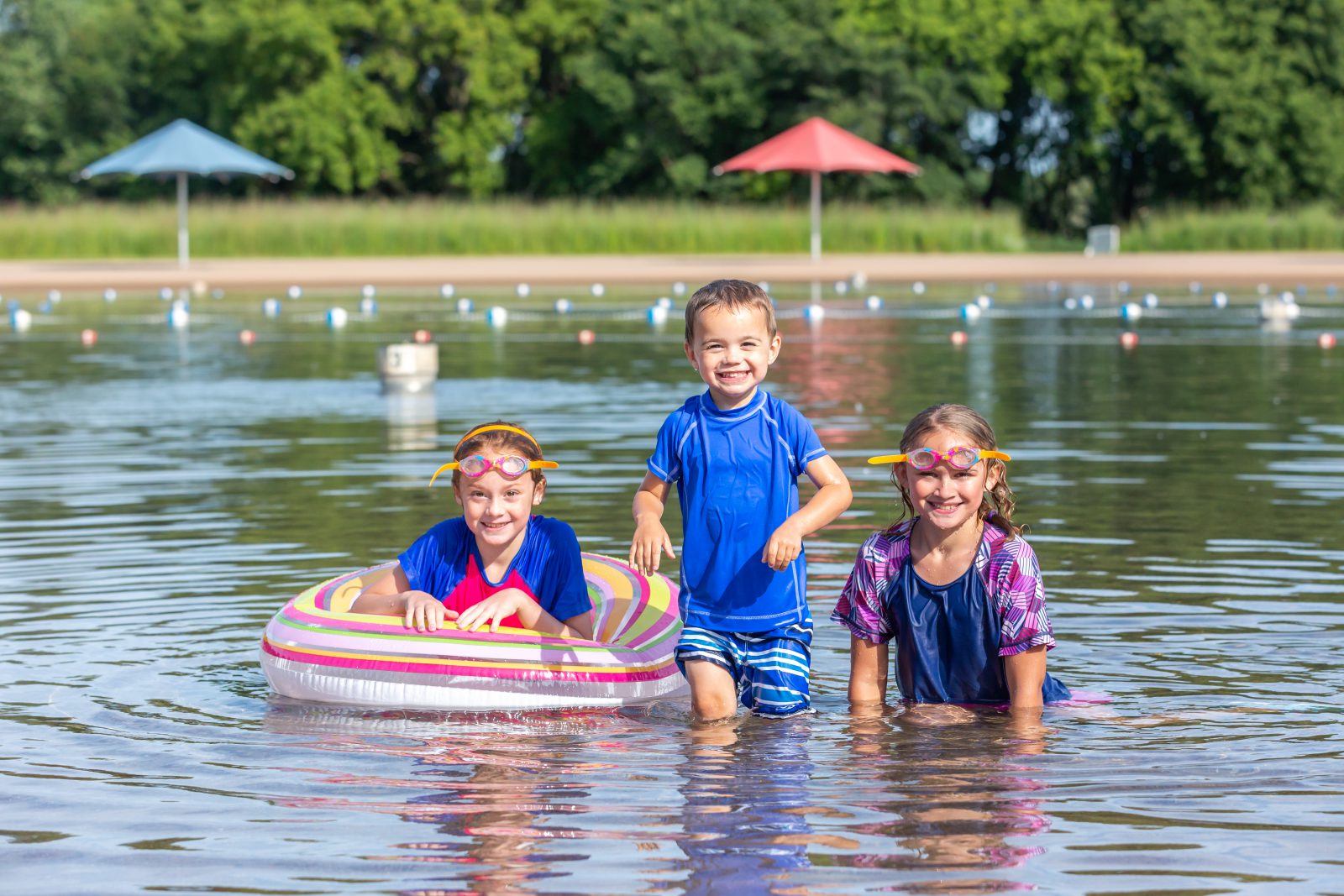
Question: Where does the phosphorus that leaves the water and sediment go following treatment?
Answer: Following TryMarine treatment, the phosphorus that leaves the water and sediment is utilized by organisms within the food web of the ecosystem. A wide range of organisms require phosphorus in their diets and actively seek it out. Higher oxygen availability increases the processing of phosphorus out of the muck and into the natural and expanding food web.
Question: Does TryMarine increase the risk of lake bottom turnover?
Answer: TryMarine does not increase the risk of lake bottom turnover. In fact, it helps to mitigate this risk. Lake bottom turnover typically occurs when anoxic (oxygen-depleted) water from the deeper layers of a lake mixes with the oxygenated water above. This can lead to fish kills and oxygen crashes. TryMarine improves oxygen conditions in degraded waterbodies. By gradually increasing oxygen availability, TryMarine helps stabilize the ecosystem and reduce the likelihood of turnover events. Data from SOLitude applied Trymarine treatments in waterbodies historically susceptible to water turnover events, suggests that the risk dissipates with every passing season of treatment.
Question: Are there restrictions for water use on an all-sports lake when using TryMarine?
Answer: There are no restrictions on water use during or following a TryMarine application. The product is NSF 60 certified, meaning it is safe for use in drinking water applications at concentrations significantly higher than those typically applied in lake treatments. Therefore, activities such as swimming, water skiing, boating, and fishing can continue without interruption. TryMarine is famously applied in one lake before and after a 1,000+ person urban swimming event – in a highly regulated jurisdiction. Additionally, there are no restrictions on irrigation using TryMarine-treated water.
Question: Should you pair TryMarine with other proactive tools like aeration?
Answer: TryMarine exhibits strong synergy with aeration systems. While aeration is not a prerequisite for TryMarine’s effectiveness, combining the two technologies can simplify application strategies, potentially producing cost savings. Aeration, whether surface or submersed, can enhance TryMarine’s capacity to mix and accelerate activation. In heavily degraded lakes, aeration alone may not display diminishing efficacy. Successful TryMarine treatments can restore the capacity of aeration to function effectively.
Question: How does TryMarine affect sediment density?
Answer: TryMarine can temporarily reduce muck density, initially resulting in a perceived increase in sediment volume. This phenomenon occurs as organic matter is initially loosened during processing. Over time, sediment density decreases as natural decomposition progresses, and the sediment consolidates, ultimately leading to a reduction in overall muck volume and significant increases in water volume capacity.
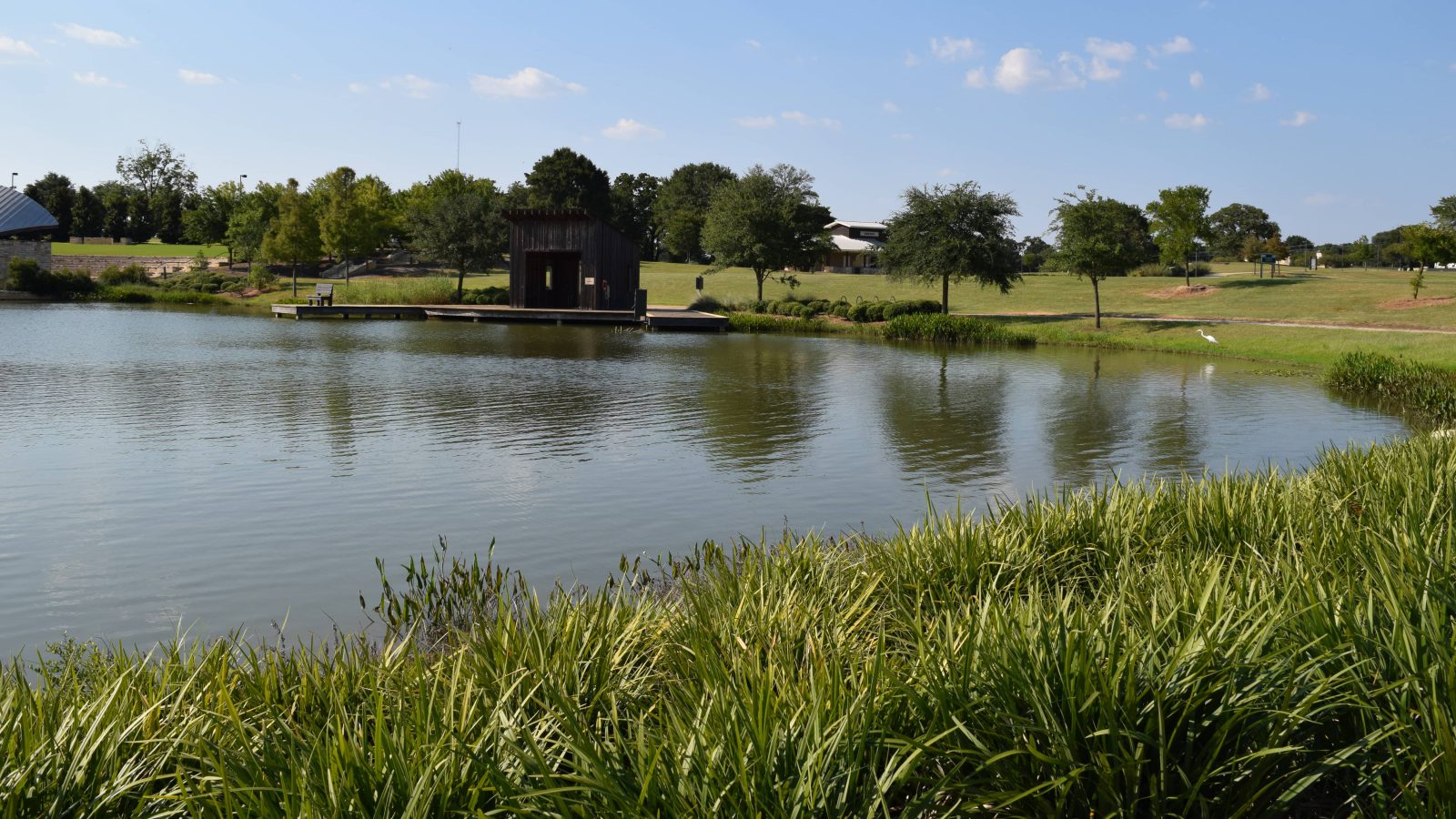
Question: Does TryMarine reduce both inorganic and organic muck?
Answer: TryMarine primarily breaks down organic muck. Some inorganic components, such as clay, may be partially incorporated into the food web, but the primary action is on the decomposition of organic materials. Sand and other inert inorganic materials are not directly impacted by TryMarine.
Question: If you start treating in one area, but don’t expand to the entire lake, will muck from the untreated areas shift into treated areas?
Answer: When treating a portion of a lake, there is a potential for muck from untreated areas to shift into treated areas due to gravity and water movement. However, the muck that moves is still processed by TryMarine, resulting in a positive impact on the overall ecosystem. The benefits of treatment extend beyond the immediate application area, as the improved conditions support natural processes throughout the lake. It has been observed that continuing treatments, even at low doses, can help maintain the natural capacity of the lake to process internal or external muck sources.
Question: Where does the silt end up after treatment?
Answer: Silt, which is a component of muck, if liberated from compacted sediment by TryMarine treatment, will be processed by the natural food web. The organic matter within the silt is broken down and assimilated into the food web, while sand and inorganic materials are left behind. Third-party collected data evidences this transformation of sediment, with sand sometimes increasing by 20-40% as a component, while silt and muck dissipate.
Question: If over time with TryMarine the sand increases, is it easier or cheaper to remove sand for deeper boat access?
Answer: Following a TryMarine treatment, the percentage of sand in the sediment may increase as organic matter is decomposed. This can potentially reduce the cost of dredging, as there will be less material to remove. However, the need for sand removal depends on the specific goals for the lake. A sediment sample can be taken to determine the composition of the sediment and inform decisions regarding dredging. Keep in mind that TryMarine treatments tend to significantly increase depth and water volume – sometimes as much as 2-3 feet! This happens because as layers of muck are processed out, lower layers can then be processed. In a recent treatment at Stony Brook University, some sections were 2 feet deeper, and overall, after 5 months of treatment, the lake’s overall water volume, as precisely measured by drones, increased by 22%.
Question: What’s the advantage of using TryMarine over using beneficial bacteria?
Answer: TryMarine differs from beneficial bacteria products by processing muck and reducing chemical oxygen demand (COD). While bacteria can be effective, they may be limited in oxygen-deficient environments. TryMarine addresses the root cause of muck accumulation – the inability of an anoxic waterbody to process muck.
Question: Can TryMarine be used in flowing water, canals, or brackish water?
Answer: TryMarine is suitable for use in flowing water, canals, and brackish water. Dosage adjustments may be necessary based on flow rates and watershed characteristics. Salinity does not negatively impact treatment efficacy. Trymarine is completely scalable. A waterbody with high flow rates can be modeled as a larger waterbody.

